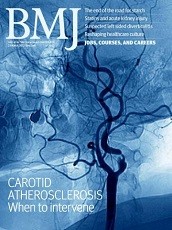British Medical Journal

Extract
[Notes increase in abortion since change in law. Discusses abortion methods.] “In summary, when the decision has been taken to terminate pregnancy it is best carried out in the first fourteen weeks by a conventional one-stage evacuation or by vacuum suction, and later in pregnancy by abdominal hysterotomy. But therapeutic abortion is not a simple operation. Those who would extend the scope of legal abortion on purely social grounds would do well to remember that no method of terminating pregnancy is entirely devoid of risk. The operation is only as safe as the surgeon who performs it. Mishaps will occur, and they will be kept to a minimum only when operations are performed in well-equipped hospitals by skilled gynaecologists who are well aware of the dangers.”
BMJ. (Editorial) Therapeutic Abortion. Br Med J. 1968;4(5634):786-787.